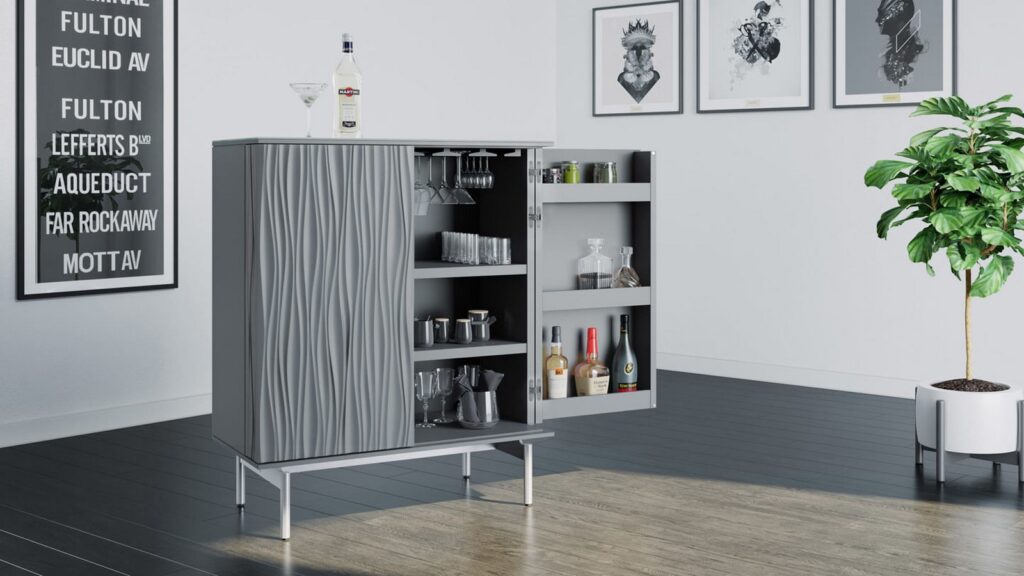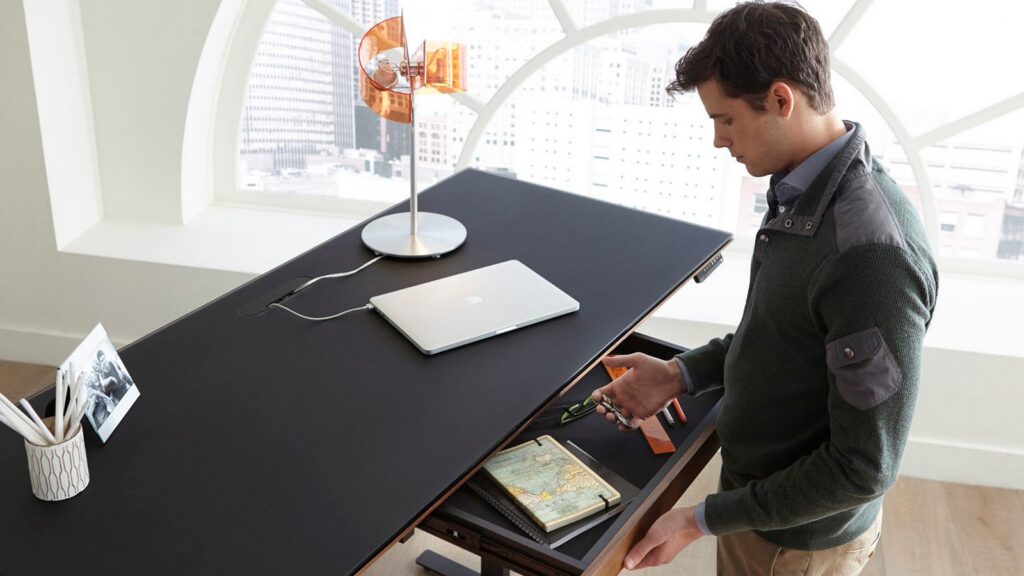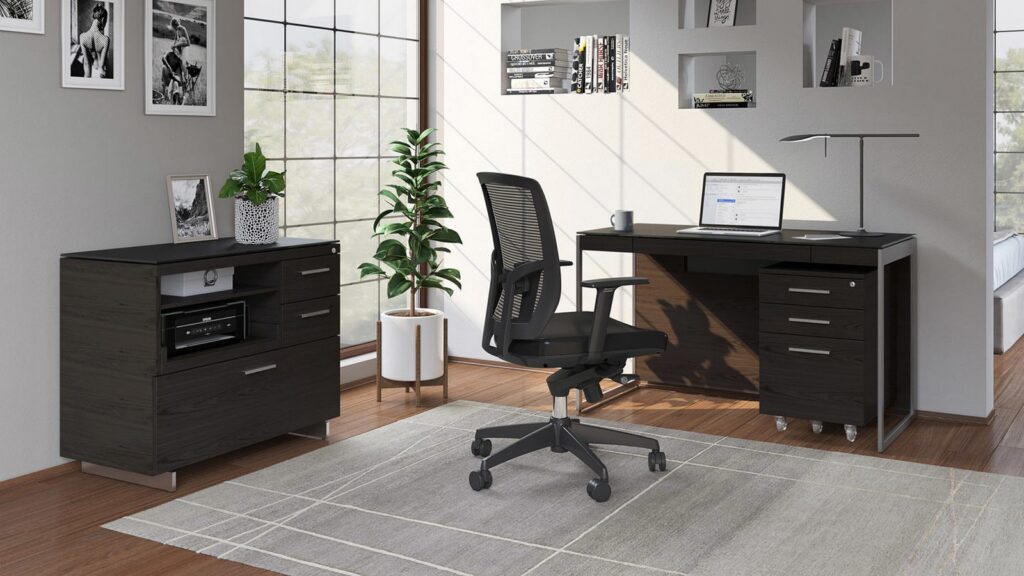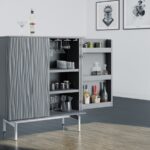In the wake of unprecedented times, the landscape of home décor trends has shifted to accommodate the changing dynamics of everyday life. With the surge in remote work, virtual schooling, and prolonged periods of staying at home, people are redefining their interaction with living spaces. As a result, the focus is not only on aesthetics but also on functionality and adaptability to support diverse activities within the home.

The Evolution of the Home Office
The home office has undergone a significant transformation, evolving into a central hub for various tasks beyond professional endeavors. With remote work becoming a long-term reality for many, there’s a growing demand for homes that offer dedicated office spaces. However, even without a separate room, creative solutions like repurposing closets, corners, or transitional areas can serve as functional workspaces. The emphasis is on creating ergonomic setups that facilitate productivity while maintaining a distinction between work and family time.
The Revamped Family Room
As social gatherings shift to the home environment, the significance of the family room has escalated. Activities like game nights and movie marathons have replaced traditional outings, leading to investments in entertainment systems and comfortable seating options. Smartly designed media cabinets ensure the seamless integration of electronic devices while prioritizing durability and wear resistance. Versatile sectional sofas offer flexibility in seating arrangements, catering to diverse family activities.

Practical Storage Solutions
With increased time spent at home, organizing and optimizing space utilization have become paramount. Incorporating storage solutions like desks with built-in drawers, cable management systems, and multifunctional furniture enables clutter-free living. Additionally, strategically placed shelving units and sideboards not only enhance storage but also serve as decorative elements, adding aesthetic value to the home environment.
Emphasis on Cleanliness and Durability
Heightened awareness of cleanliness has influenced material choices for furniture and surfaces. Non-porous materials such as metal, plastic, glass, and porcelain are preferred for their ease of cleaning and durability. These materials not only minimize the risk of bacterial accumulation but also withstand prolonged use, ensuring long-term functionality and hygiene.

Incorporating Luxurious Textures
In pursuit of creating a sanctuary within the home, luxurious textures have gained prominence. Soft upholstery, high-pile rugs, and plush cushions crafted from velvet and faux fur introduce tactile elements that enrich visual aesthetics. Texture extends beyond soft furnishings to encompass case goods and occasional pieces, adding depth and artistic nuances to living spaces.
By embracing these evolving trends and investing in adaptable home spaces, individuals can embark on a fresh start in 2021, fostering a sense of comfort, functionality, and optimism for the future.







Leave a Reply